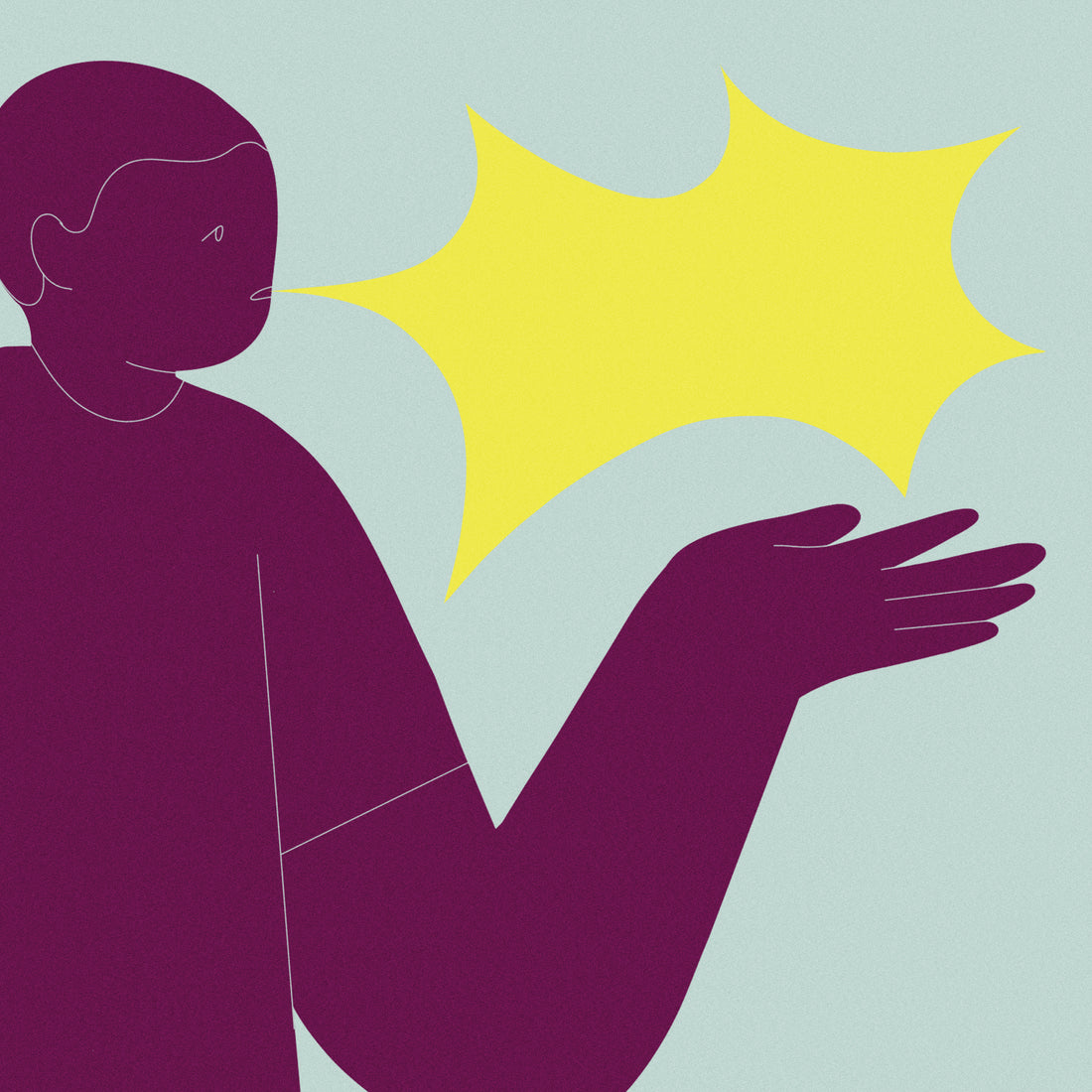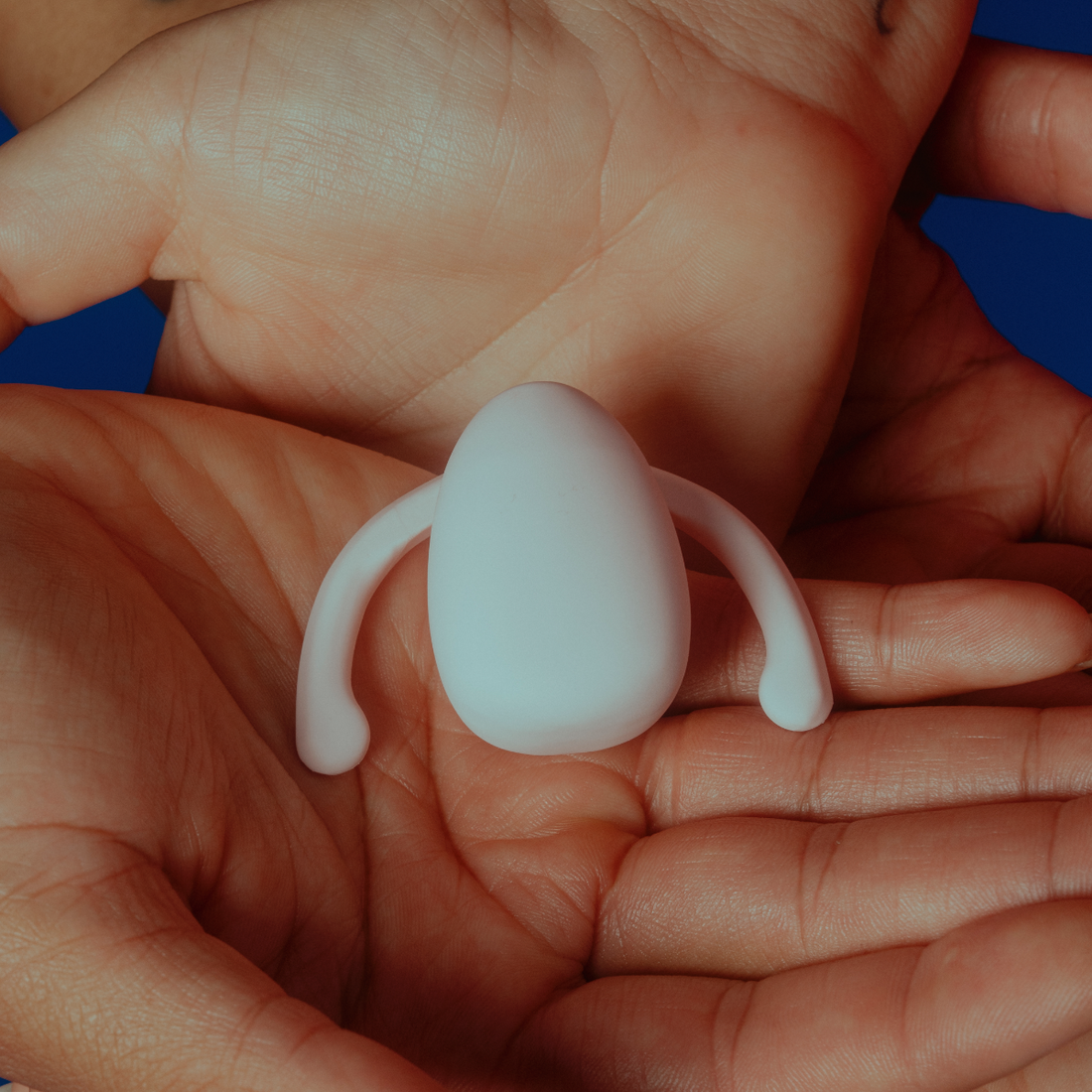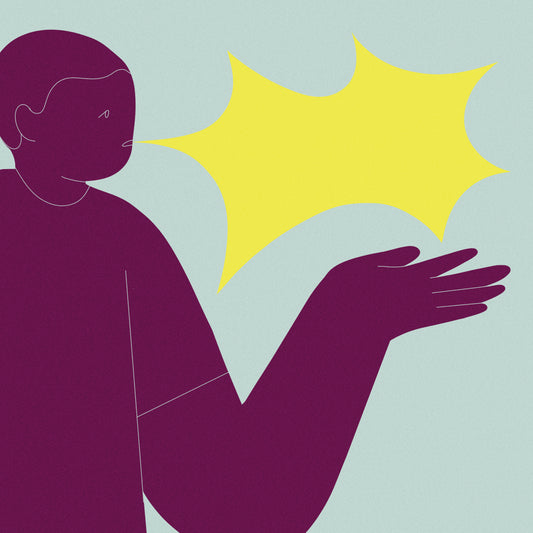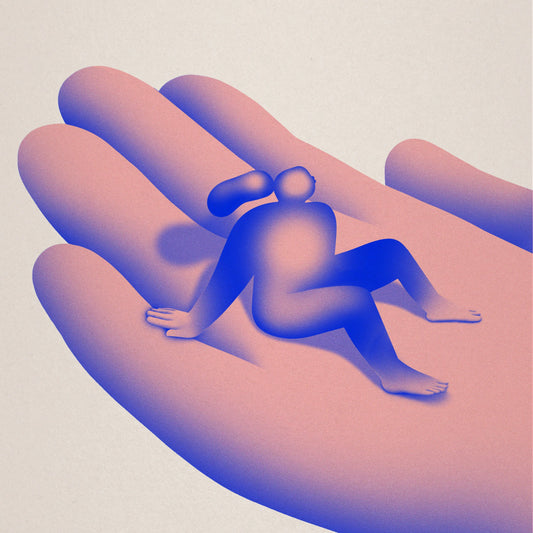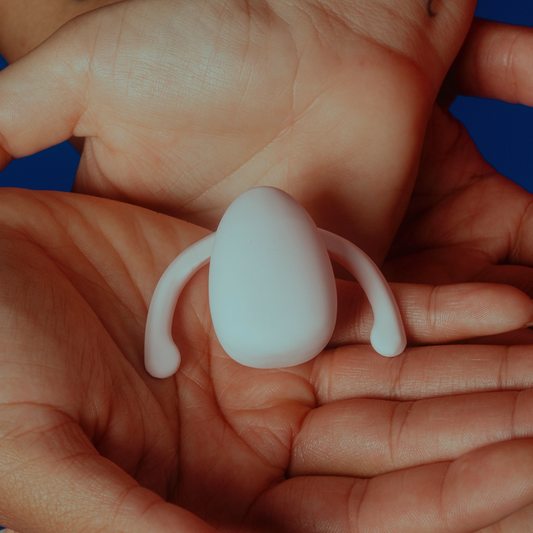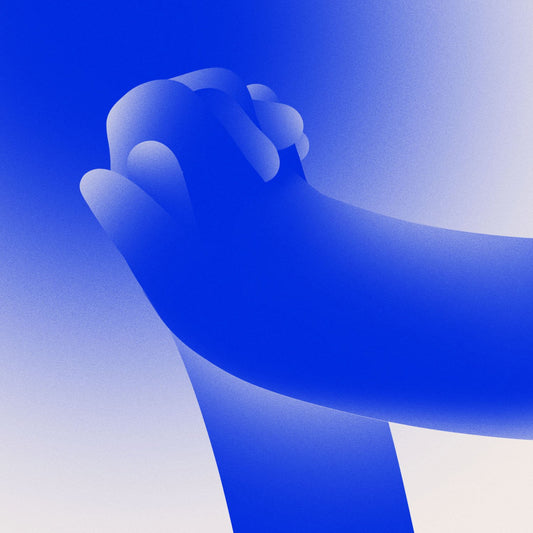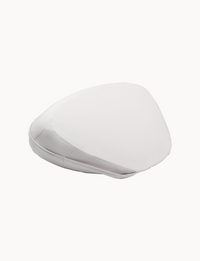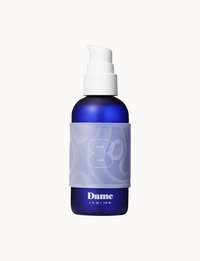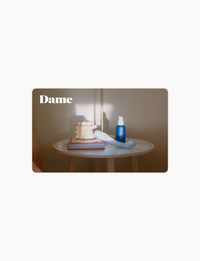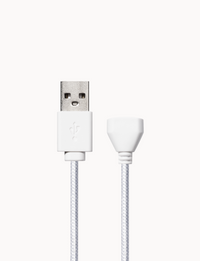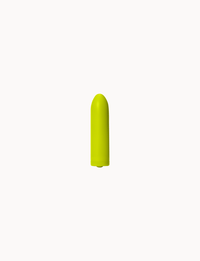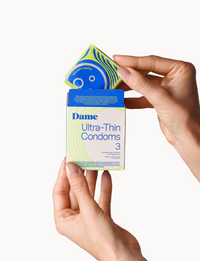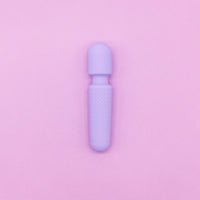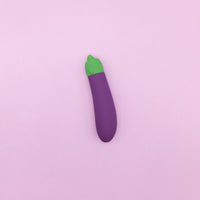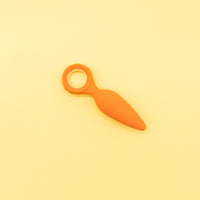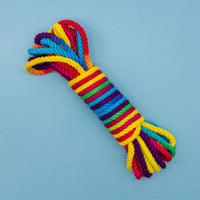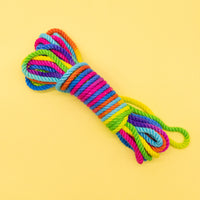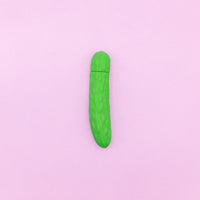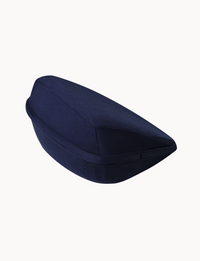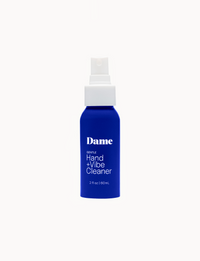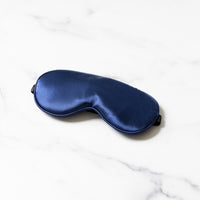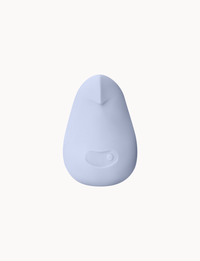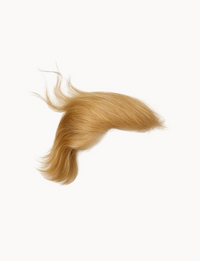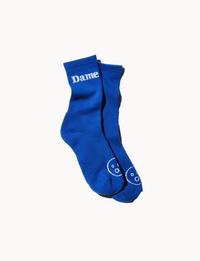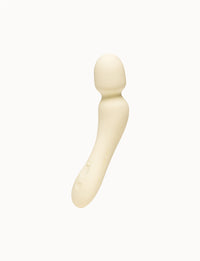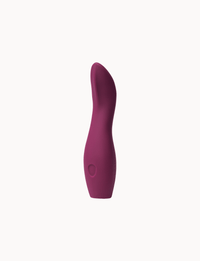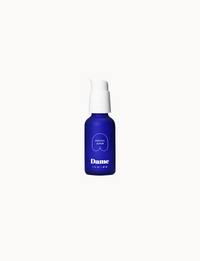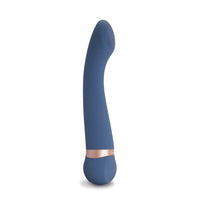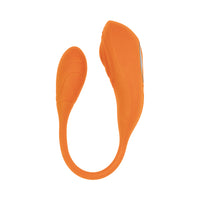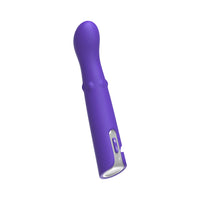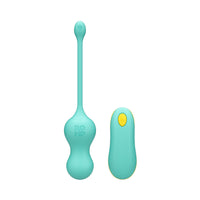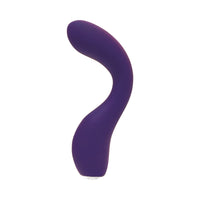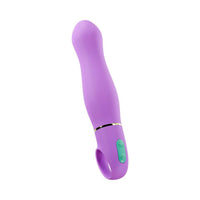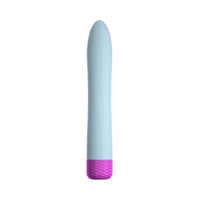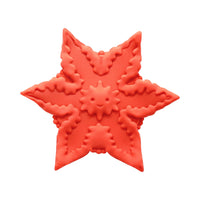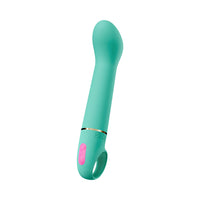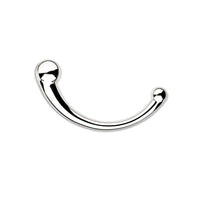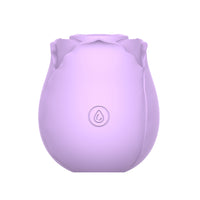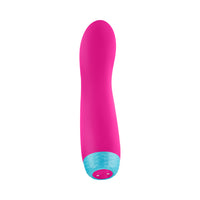A week or so after I left him, I experienced something I can only call euphoria.
The few days since I left had been a drumbeat of pain. Yet that golden, late-August afternoon, walking home from another day of brain fog, it descended upon me. I was Peter riding to Damascus; a lightning bolt buoyed my whole body in sudden, breathtaking joy.
You might think that, because it’s a healthy choice, ending a toxic or abusive relationship must also feel good. In truth, for many of us, it hurts like hell. But in those first, post-breakup days, I also felt the joyful affirmation that, after years of being stuck in the abuse cycle, I had finally chosen myself.
Saying No Is a New Beginning
With the pandemic entering yet another phase, many of us find ourselves in a period of transition. That’s partly, says Natalie Lue, the relationship expert behind Baggage Reclaim, because the past years of disruption and isolation inspired many of us to reevaluate. “We needed to slow down. We needed to take stock of our relationships,” Lue says.
At the same time, the pandemic evoked traumas we may have been ignoring. Perhaps we quarantined with an abusive partner, had uncomfortable COVID safety conversations with family, or felt gaslit by politicians’ comments about racism and public health. Whatever it was, many of us are now faced with the opportunity to evaluate which relationships and dynamics in our lives are working—and which are best left behind.
A few years after I broke my own abuse cycle, I want to offer some reflections on the joy of choosing ourselves over the pain of a harmful relationship. Wherever you are in your journey—whether you’re looking to leave a painful relationship, or simply trying to take better care of yourself—you deserve safety and support.
Identify Harmful Messages
Growing up in a patriarchal society, we all receive messages that a partner can fix us, heal us or make us whole. “It’s a lot of what we see in Hollywood,” says Janelle S. Peifer, a clinical psychologist and assistant professor of psychology at Agnes Scott College, who specializes in supporting trauma survivors.
Women and feminine people are taught that we are responsible for “fixing” partners or relationships, even to our own detriment.
The media teaches us that violating boundaries is a sign of 'passion' rather than what it truly is—control.
Queer people, people living in poverty, fat folks and folks with disabilities receive constant messages that our bodies and desires are wrong, and don’t deserve tenderness.
Meanwhile, folks of color, especially Black, brown and Indigenous people, are subjected to repeated state violence, in the form of colonization, incarceration, immigration enforcement, and more. The message: Your body is not your own. As a result, says Peifer, the whole world, including intimate relationships, can understandably feel unsafe for Black people.
At the familial level, many of us are taught to equate love with neglect or violence. For many folks growing up, “love and abuse were so deeply intertwined, it was hard to tell where one began and the other ended,” says Peifer. As a result, if a partner later mistreats us, we may not realize we deserve better—because as awful as it is, that pain feels like home.
Recognize Trauma Bonds
We’re all individuals with our own needs, hopes, and baggage. Yet toxic and abusive relationships tend to share common patterns, ultimately alienating us from our bodies’ natural defense mechanisms.
In a toxic relationship, partners behave in harmful ways, which make the relationship ultimately detrimental to both of their wellbeing. But there is not an overwhelming power dynamic from one partner to the other. In abusive relationships, one partner uses harmful behaviors with the effect of exerting power and control over the other. You can learn more about the signs of intimate partner violence here.
Toxic and abusive relationships are not the same thing, and it can be dangerous to mislabel an abusive relationship as toxic. Abuse presents much more danger to the person being exploited, and a power and control dynamic is never the victim’s fault. However, both toxic and abusive relationships take away from our ability to lead happy, healthy lives, and both draw on cycles of trauma to create what can feel like an addictive pull. Learning about trauma can help regardless of how you’ve labeled your relationship, or whether you’re using any label at all.
Trauma rewires how our bodies process love and fear. When someone yells at or hits us and then tells us it’s because they “love” us, or when they verbally abuse us then we have sex to “make up,” we learn to confuse the adrenaline of fear with that of sexual attraction. Psychologists call this the “misattribution of arousal,” and it’s common among abuse survivors. It took me years to understand that what I thought was being in love—limbs shaking, vision swimming, breath quickening, body flashing hot and cold—was actually being triggered.
This confusion of love and pain helps create a trauma bond, a magnetic pull that connects us to a harmful partner. Because our partner is the source of our pain, our bodies begin to falsely believe they must also be the source of relief. Abusive partners often alternate between being hurtful and affectionate, which creates what psychologists call “intermittent reinforcement.” We repeatedly try to gain our partner’s approval in the hopes that their affectionate side will prevail, yet the cycle simply continues.
“Oftentimes in intimate partner violence and abuse you become a pair: your exact pain and harm fits like a glove into each other,” says Peifer. “We are both trying to extract and satisfy this insatiable need, and then we’re bonding by that.”
Of course, this trauma bond can never truly meet our needs for comfort and support. And despite what the media tells us, we can’t make a partner stop harming us through the power of our love. We can only identify our own needs, and set out to meet them—and that often ultimately means staying away from the person who harmed us.
Build Yourself Up
We all deserve someone who listens to us and supports us. In a toxic or abusive relationship, we attempt to get that care from a partner who is harming us. But what if we could be that person for ourselves?
You can start by approaching your body with open, gentle curiosity. Ask yourself: How is this relationship making me feel? Do you feel calm and sustained, as though your emotional belly is full? Or do you feel hungry, jumpy, weepy, and nervous? Listen to the truth that your body tells you without judgement.
When we experience long-term trauma, we often stop trusting our own ability to keep ourselves safe. Healing can begin to feel like a daunting, even hopeless task. But in truth, you’re already taking steps to heal every day, with every tiny act of self-care. Take a moment to celebrate the ways you took care of yourself today. Did you drink a glass of water? Staying hydrated is a form of self-care! Did you get some sleep? That’s amazing! Even reading this article, or similar articles, is an awesome sign that you are looking to learn more about healing.
Then ask: What steps can you add to your self-care routine to make you feel good? Can you book a massage, take a walk, hang out with a friend, play a sport, eat delicious food, or take a nap? Every little act of love is a huge step toward healing.
When you feel able, you can also begin to identify what needs your current relationship is filing for you, and take simple steps to meet those needs in other ways. While toxic and abusive relationships harm us, we do get something out of them—or else, we wouldn’t be in them. That something could be validation that we’re sexually attractive, a feeling of safety, or even a painful reminder of a childhood trauma we need to work through. Sometimes, says Lue, we’re actually using the relationship to avoid our own power and potential or to avoid the fear of being unpartnered in a couple-oriented world.
Begin to ask yourself: If I’m craving comfort, how can I make my body feel physically good? If I’m craving connection, do I have other loved ones who treat me with respect, who I could spend time with? If I’m craving validation, could I look in the mirror and tell myself I’m beautiful?
Abusive partners especially tend to isolate us from our social networks. So it can help to reach out to friends who treat you with respect, who you may not have seen in a while. It can also help to begin seeing a therapist who specializes in intimate partner violence and trauma.
Listen to Your Limit
Lue realized she needed to leave the cycle of toxic relationships when she received a serious medical diagnosis. “I became more afraid of dying than I did of saying no,” she says.
For me, it was a series of moments that led me to realize that if I didn’t break the abuse cycle, I wouldn’t be able to hold down stable housing, pursue my creative work, or have the loving relationships I truly wanted.
My 'no' popped on my tongue like bubblegum, powerful and impossibly sweet.
Your hard limit can come from a low moment, but it can also be a high. We may have something positive happen—a new project or a promotion at work—that shows us our true potential is far beyond this relationship, says Lue. Other times, says Peifer, “There are people who spark it: relationships with close friends and family and trusted individuals who really see and listen to and create space for that person.”
It’s okay to feel ambivalent about the idea of leaving a partner. In fact, acknowledging contradiction is a form of honesty and strength. You may realize: “This is horrible, and it’s also hard to let go of,” or “There are things that I love and that at this point I feel that I need, and at the same time I know that I can’t survive continuing in this way,” Peifer says.
Healing isn’t linear. You may hit what you feel is a limit many different times before you are able to make a big change. But every step on your journey matters. Eventually, if you trust yourself, your survival instinct will help you move in a way that honors your true worth.
Go No Contact
Leaving a harmful relationship can be exciting, painful, terrifying, and exhilarating all at once. If the relationship is abusive, it can also be dangerous. Depending on your relationship dynamic, and the type of abuse you’re experiencing, it’s a good idea to create a safety plan. You may need to plan for where you’re going to live, how to care for shared children, or how to protect your immgration status or ability to access healthcare. All of these things are unfair burdens caused by systemic injustice, but community support can go a long way.
Leaving a harmful relationship can also take many tries. Most of us will attempt to leave several times before it truly sticks—I can’t tell you how many times I left an abusive partner only to return, begging him to take me back. However many times you go back, remember you can always choose differently moving forward. There is no statute of limitations on healing.
If you do leave, and would like to stay away, Lue recommends going “no contact.” That means no calling, texting, casually hanging out with, or sleeping with the person who has harmed you. The point is to break the traumatic bond, and to develop ways to meet our needs apart from that partner.
I’m not going to sugarcoat this: Leaving will probably hurt like hell.
“Often this person feels material to our self-worth, and we don’t think we can survive,” Lue says. “But what we don’t know is that the pain is rebirth and renewal.”
The time immediately after leaving can be overwhelming, exhilarating, raw. If the relationship was toxic, you may suddenly not know what to do with yourself outside of the constant ups and downs. If the relationship was abusive, you may not know how to make choices without your partner constantly controlling your time and body. That can be both exciting and scary.
Cravings for your ex can feel urgent. You may even feel that you’ll die without them (you won’t!). Remember, that pain isn’t your body telling you to go back—that’s your body asking you to please help it heal. Treat those cravings as invitations to discover new ways to care for yourself. If you’re horny: What does it feel like to masturbate? If you’re tired: What does it feel like to sleep? If you crave comfort: What does it feel like to build a pillow fort and hold yourself amid the billowy blankets?
You may also leave a toxic or abusive relationship only to find yourself quickly entering another one. That can feel daunting and painful, but it’s not a reflection of your worth, your future, or your ability to heal. We seek out what is familiar to us. Abusive people often target folks they perceive as vulnerable, and we may be overwhelmed by a new date’s attention before we’re able to spot those red flags.
That’s okay. Healing is not a linear journey. Often, we play out several variations of the same relationship dynamic, doing something a little differently every time. Eventually, with love and support, you will grow so much that those relationships simply don’t fit you anymore.
We Can Always, Always, Always Heal
After I left, my body felt like a refurbished instrument: gleaming but weatherworn, taut with newly tuned strings. Anger and tears came and went like stormclouds. My rawness awed me.
These post-traumatic symptoms are common, and they can be rough. While not minimizing the pain of traumatic experiences, they can also leave us with incredible insight. We may have “Higher levels of empathy. The ability to be aware of oneself and aware of one’s own needs,” says Peifer. “There is so much post-traumatic growth potential.”
This piece has focused on the individual experience of identifying and leaving a traumatic relationship. But we’re all bound together by historical trauma and current injustice. Housing insecurity, fear of having your children taken away, the threat of losing your immigration status, and other forms of poverty and state violence can all make it difficult to leave unsafe relationships. We will only fully eliminate relationship violence when we’ve eliminated structural inequality and state violence, from racism and sexism to prison and police.
Yet by loving ourselves, we move one step closer to this restored world. We help break cycles of harm that stretch back centuries. We heal our sisters and siblings, our mothers and elders, our daughters and children. This can be particularly transformative for Black and Indigenous folks, and other colonized people, who have been forced to bear the sexual and familial trauma inflicted by white people and white supremacy.
This faith in collective healing is our greatest asset. It’s “beyond hope,” says Peifer. “It’s the potential to offer a powerful transformation. Not only for that individual, but for society in general.”

